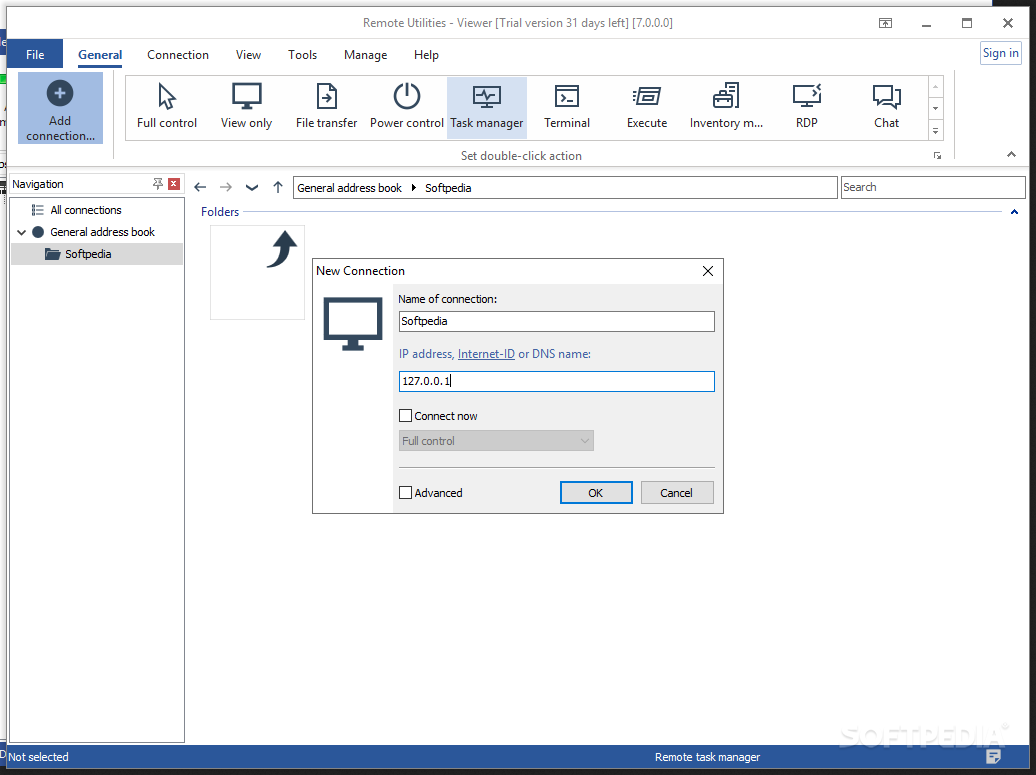

#Remote utilities viewer cannnot connect serial#
The next best way to determine if an AnywhereUSB is connected to, and installed on, a host computer is by looking in Windows Device Manager, specifically in the Universal Serial Bus (USB) controllers category. Similar to above, this is regardless of if any USB devices are attached to the AnywhereUSB.Ģ. If no host computers were connected to Group 1 then that particular USB Port LED would be off. For example, if USB Port 1 is associated with Group 1, and a host computer is connected to Group 1, then that particular USB Port LED would be solid Green. Regarding the AnywhereUSB/5 M and the AnywhereUSB/14 (Multi-Host Connection models), USB Port LEDs that are associated with certain Groups will behave the same way. Regarding the legacy AnywhereUSB/5, AnywhereUSB/2, AnywhereUSB/5 G2, and AnywhereUSB TS44 models, the USB Port LEDs will be all off when the unit is disconnected, and all solid Green when the unit is connected, regardless of if any USB devices are attached to the AnywhereUSB. It's a good starting point, if you have physical access to the unit. The AnywhereUSB front panel Port LEDs will let you know if the unit is connected to a computer, but not exactly which computer. For example, if an attached USB device doesn't seem to be detected by Windows, it would be logical to first determine if the AnywhereUSB itself has been installed properly.ġ. Confirming that an AnywhereUSB is connected and installed is a good first step in troubleshooting AnywhereUSB issues.


 0 kommentar(er)
0 kommentar(er)
